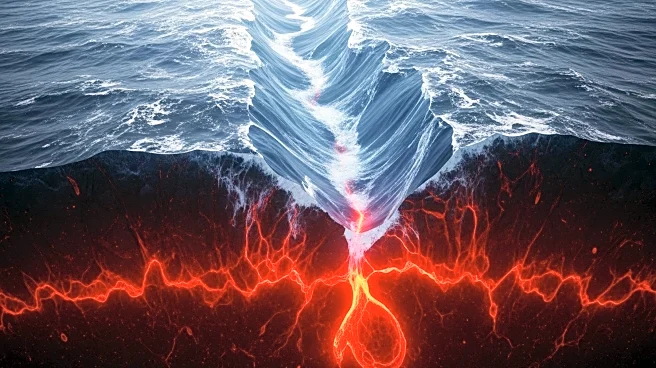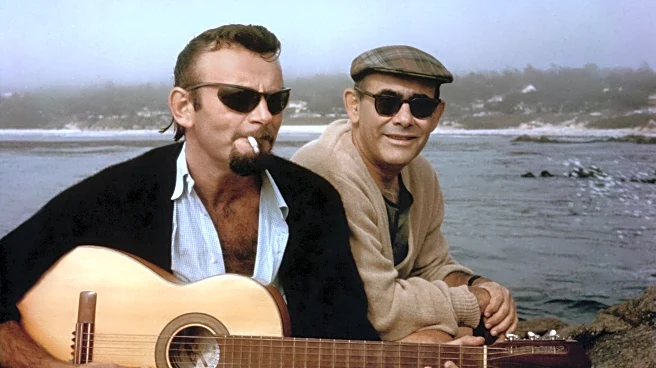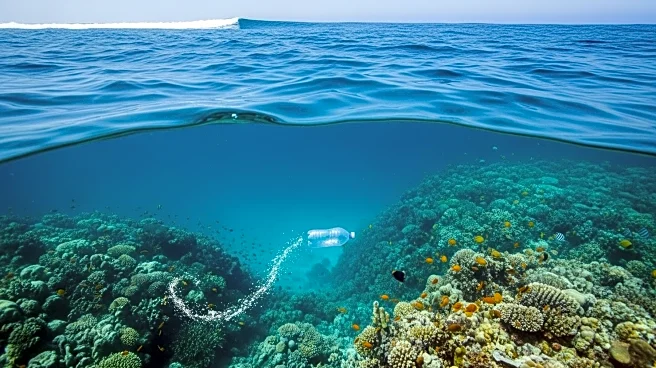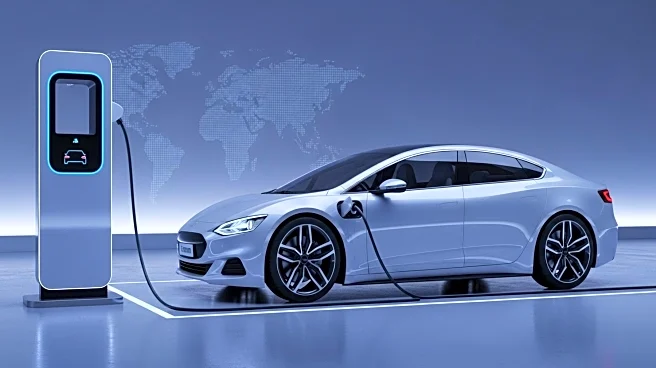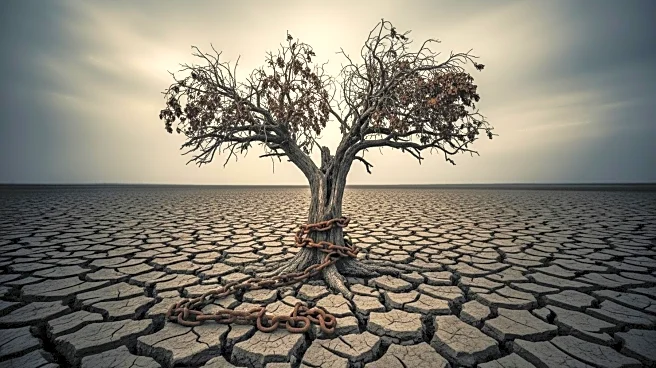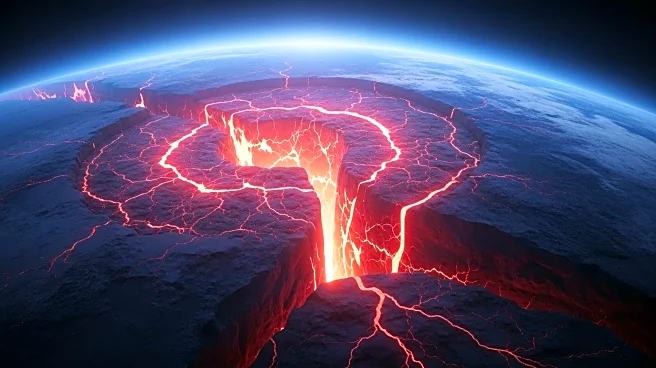What is the story about?
What's Happening?
Researchers from the University of Southampton have uncovered a 'geological heartbeat' beneath the Afar Depression in East Africa, where mantle pulses are contributing to the formation of a new ocean. The study, led by Emma Watts, involved collecting lava samples from over 130 volcanoes, revealing an asymmetrical mantle upwelling beneath the region. This upwelling is eroding the lithosphere, Earth's outer shell, and thinning it to as little as 15 kilometers, which, combined with plate motion, triggers volcanic episodes. The research suggests that the Horn of Africa will eventually split from the mainland, similar to the historical separation of the Atlantic from Europe and North America.
Why It's Important?
The findings have significant implications for understanding continental breakup and volcanic activity. The mantle pulses are linked to climatic upheavals due to the release of CO2 and SO2, which can trigger mass extinctions. This research reshapes the understanding of how deep mantle upwellings interact with tectonic plates, influencing surface volcanism and earthquake activity. The study provides insights into the dynamic connection between Earth's deep mantle and surface, highlighting the potential for new ocean formation and the geological evolution of continents.
What's Next?
Future research will focus on mapping mantle flow beneath thin plates and understanding how it directs volcanic vents. Scientists aim to explore the rate and behavior of mantle flow beneath tectonic plates, which could further elucidate the processes of continental fracture and volcanic activity. This ongoing research is crucial for predicting geological changes and their impact on global climate and ecosystems.
Beyond the Headlines
The study highlights the intricate relationship between Earth's deep geological processes and surface phenomena. Understanding mantle pulses could provide insights into past volcanic bursts and environmental changes, offering a broader perspective on Earth's geological history and future transformations.
AI Generated Content
Do you find this article useful?
